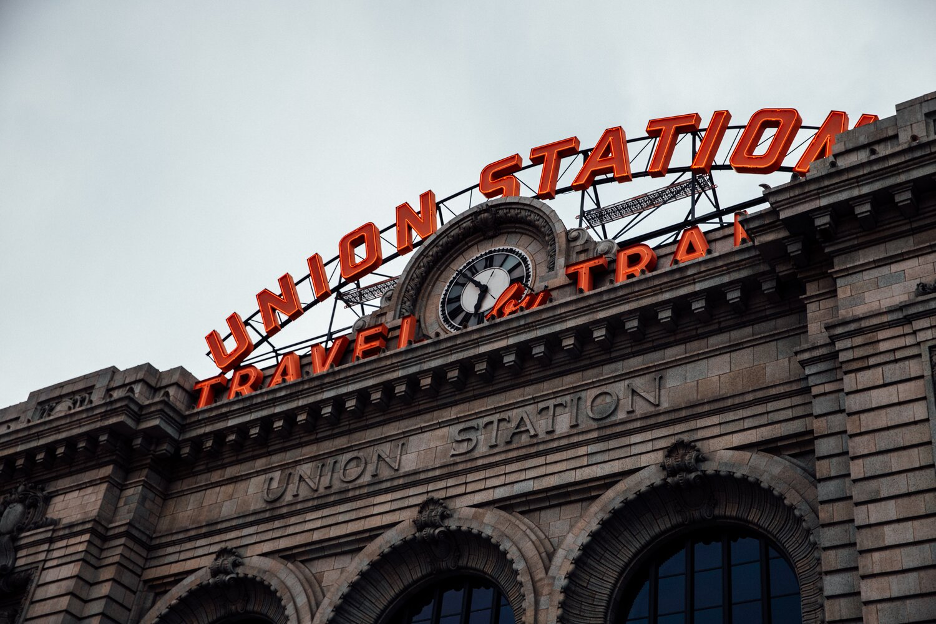“My city is too expensive. I can’t invest here.”
Man, if I had a dollar for every time I heard this excuse, I would be a very rich man. What if instead of saying, “I can’t”, we do what Robert Kiyosaki suggests and say: “My city is expensive; how can I invest here?”
This article is going to debunk the myth that you cannot invest in expensive cities by doing three case studies of people that I personally know who invest in Denver, San Francisco, and New York. And they aren’t just barely getting by, they are prospering in these cities.
The underlying point of this article, is that you will need to get creative if you want to invest in an expensive city. Otherwise, there would be millions of other investors much richer, more experienced, and with deeper connections than you who will be investing there. Do you want that as your competition? I sure as heck don’t!
My point here is that if these people can invest in these cities, so can you. If you decide you DO NOT want to get creative and you STILL want to invest in your expensive area. Your other option will be to move to a lesser expensive place OR drive 2+ hours outside of the city and I am sure you will find something that’s reasonable within a 2-hour radius.
Let’s get into it!

Craig Curelop: Invests in Denver, CO
Is it shameful to promote yourself in your own blog? Oh well, I am going to do it anyway! I have been investing in Denver now going on my fourth year. I have purchased a property every year and have been cash flowing like crazy while also seeing Denver appreciation. If you don’t already know my story [link], I am going to give you a brief overview of how I did it each time.
First Investment:
My first property was an up/down duplex as part of a row home with two other units. I purchased it for $385,000 and my intent was to live in the bottom, rent out the top and AirBnb my bedroom. That’s right. I AirBnbed my bedroom. That always begs the question: “Craig, where did you sleep?”
Let me answer that. I made a quasi-bedroom out of my living room by adding a curtain and a cardboard room divider. That’s right! Was it a sacrifice? Kind of. It seemed that way for about two weeks and then I got used to it. I actually enjoyed meeting people from all around the world. Some of whom I am still in touch with today.
Anyway, my total rent while living there was $2,800 and my mortgage was only $2,000. After reserves, I was living for free and cash flowing about $400 a month. Not bad. Almost three years later and that property has appreciated over $200,000.
Second Investment:
Not everyone wants to live behind a curtain. I get that. Frankly, I was ready to move on as well. For my second property, I bought a 5-bedroom, 2-bathroom house for $343,000. In this house, my plan was to live in one room and rent out the other four rooms. I took the upstairs bedroom while renting out the nicest ones.
My total rent was $3,100 and my mortgage was $2,000. After reserves of $400, I was living for free and still cash flowing about $700 per month. Again, not a bad deal. Especially now that I had my own bedroom in a pretty nice house.
This house has appreciated about $30,000 in two years. Not nearly as much appreciation as the first one, but it cash flows well and who wouldn’t take an extra $30,000?
Third Investment:
They say you get smarter as you become more experienced. I don’t know who “they” are, but they are right! For my third investment I bought a single-family residence with a mother-in-law suite in the downstairs. It was a three-bedroom, two-bathroom upstairs and a three bedroom, 1-bathroom downstairs. There were two kitchens, two laundry rooms, and two separate entrances. I was sold.
The purchase price on this one was $385,000. I started out AirBnbing the downstairs and was making about $2,000 per month. Then COVID hit. Because I chose a flexible property, I was able to transition this to a full-time rental. I rented that out for $1,550 per month while renting the other two bedrooms upstairs for a total of $1,550. As we speak, I am making $3,100 in monthly rent while my mortgage payment is $2,100.
Again, I am cash flowing AND living for free. If you can’t tell, this process is VERY REPEATABLE in one of the most expensive cities in the country in Denver, CO.
You get the idea with my strategies in Denver. However, Denver is not THE MOST expensive city. We all know nothing compares to San Francisco or New York.

Brett Fink invests in San Francisco
Meet my friend, Brett Fink. If you have read The House Hacking Strategy, you may recognize his name or this case study. Whether you have read it or not, keep reading, it will be a good refresher.
Brett lives in San Francisco, CA. The rent he was paying was exorbitant so he decided to do something about it. Brett realized that the giant tech scene is what was making so many people want to live in San Francisco. This demand coupled with the lack of supply was driving up rents to some of the highest in the world.
As an entrepreneur himself, Brett realized there was a problem and he had the solution. Tapping into his experience as a residence assistant (RA) in college, he decided that he would live in a large single family and rent out a co-living space. What did that look like?
Brett reached out to dozens of landlords and was truthful to each one as to what he was trying to do. Finally, one accepted his offer. He was going to rent a large five-bedroom house just outside of San Francisco in Daly City and turn it into a co-living space.
Brett equipped the house with the highest possible WiFi signal and stocked the common areas with what you would expect in a co-living space; coffee, snacks, and comfortable places to work both individually and as a team.
The rent he paid to the landlord was $6,000 per month which is slightly above market rent. Brett, then went in and took one bedroom to himself while putting two sets of bunk beds in each of the other four bedrooms. If you do the math there, that’s four people per room or 16-people in a massive house. He would charge $1,200 per bed and would be getting $19,200 per month in rent.
After $6,000 paid to the landlord his profit after rent was $13,200 per month! He devoted to spending at least $4,000 per month in improving the co-living space as well as restocking all of the coffee, snacks, etc.
When fully occupied (it frequently was), Brett was making $9,000 per month while also living for free in one of the most expensive cities in the country.
Full disclaimer, you will need to check your city’s laws and zoning for maximum occupants living in a space. If this is illegal, whether you want to take the risk of going behind your city’s back is totally up to you.

Ben Invests in New York, NY
Meet my friend, Ben. He lives and invests in New York City. He loves the city and his job so moving is just not an option. Because he is not willing to compromise, he realizes that he is going to lose cash flow and he is okay with that.
Let’s get into the deal. Ben purchased a property just outside the city in Queens, NY. It was a 3 bed, 1 bath single family residence for $488,000. The property had 2,300 square feet so more than enough room to add another bedroom and a bathroom. After about $30,000 in renovation to update and add the bedroom and bathroom, he now had a nice 4-bed, 2-bathroom single family home.
He rented each room out for $1,100 each and his monthly mortgage payment (including taxes and insurance) was about $3,400. That means he was collecting $3,300 in rent while paying $3,400 monthly. After setting aside $400 for reserves, he was paying about $500 to himself in rent every month. Considering he was paying $2,000 per month prior, he was actually saving $1,500 per month.
In these expensive markets, the riches really come in the appreciation. Not only did the market appreciate, but Ben forced appreciation by adding the bedroom, the bathroom, and updating the house. While he purchased it for $488,000 and put about $30,000 into it. The house was worth well north of $550,000 when it was all said and done. That’s an increase of over $30,000!
Unfortunately, he was not able to refinance out and pull a TON of his money out like a true BRRRR, but he has a nice cash flowing property in one of the hardest markets to land a deal in.
Conclusion
There are countless examples of people investing in expensive cities. You just HAVE to get creative. If it was super easy, then everyone would be doing it and you would be too late to the party.
If you are sitting in New York, San Francisco, Los Angeles, Boston, Denver, or Seattle, think not that “you can’t”, but think, “how can you?”
Can you take an aged property and update it? Are you able to make a co-living space out of the house you are renting? Could you buy a house and rent it by the room?
The moral of the story is: if you do not want to move to a better market for what you want to do, you need to get creative and do things differently. Of course, the other option is to just move.